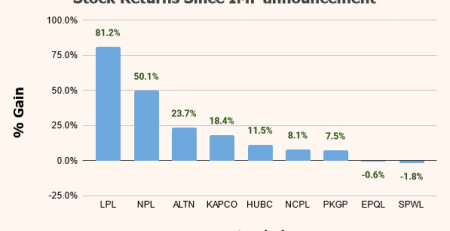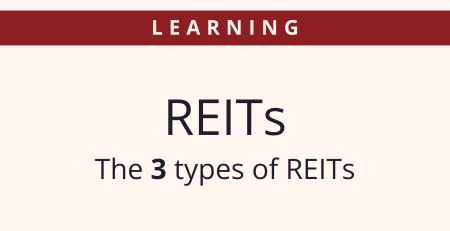A beginner’s guide to understanding businesses in the cement sector
Today, we will explore the cement industry and learn five factors that influence the businesses in this sector.
We will discuss the cyclical nature of the industry, cost competitiveness, transportation challenges, raw material choices, and the significance of economies of scale.
Let’s begin!
📢 Announcement: We're on WhatsApp – Join Us There!
Here's what you get:
- Member-Only Discussion Community
- Research Reports with Explanations & Expert Views
- Access to Exclusive KSEStocks Market Reports
- Model Portfolio with Clear Investment Rationale
- Monthly Portfolio Review & Health Check
- On-Demand Stock Coverage Requests
- PSX Facilitation (CDC Account, Share Transfer, Physical Conversion)
Ups and Downs in the Cement Industry(Cyclical Nature)
The cement industry goes through good and bad times. This happens because the demand for cement depends on how much construction is happening. When construction is booming, people need more cement. But during slower times, they need less.
These ups and downs can affect how well cement companies do. Their stock prices also reflect these changes in demand and adjust accordingly.
Why Costs Matter
In the cement industry, it’s important to keep costs low. Cement is a basic product in construction, and the price is usually not controlled by the manufacturers. This is because in general, all cement looks and works the same way. There might be small differences in quality but they are usually not enough to warrant a big price difference.
Don't miss:
- Which cars are driving the rally in auto stocks?
- Is DGKC going to Rs. 240?
- Why TPLP could go higher.
As a result, consumers tend to buy the cement bag that is cheaper, thus lowering their cost of construction.
So, to make more money, companies need to find ways to spend less on making the cement, so that they can sell it for a lower price than their competition.
One big cost in cement production is power and fuel, especially coal. Companies try to use less power and fuel to save money. They also need to think about transportation costs because cement is heavy and moving it around can be expensive.
Tricky Transportation
Moving cement far away from where it’s made is hard and expensive. That’s why cement plants are usually built close to where people need the cement.

But sometimes, the places where they get the raw materials (like limestone) are far from where people live. To solve this, some companies have separate locations for different parts of making cement. They make one part near the raw materials and then transport it to where it’s needed. This helps save on transportation costs and makes things more efficient.
Choosing the Right Materials
To make cement, companies need limestone. Getting permission to mine limestone is not easy and can be a challenge for new companies. That’s why some companies look for other materials that are not used anymore, like fly ash from power plants or slag from steel plants. These materials can be mixed with cement and make it cheaper to produce. It’s a smart way to save money and also to use waste materials.
Big is Better
In the cement industry, being big can be an advantage. Building cement plants requires a lot of money. But when companies build big plants, they can make more cement and lower their costs.
It’s like buying in bulk at the store – you get more for your money. Being big also gives companies more power to negotiate with suppliers and customers. That’s why we see a few big companies dominating the cement market.
To quote a local example, Lucky Cement is the largest cement manufacturer in Pakistan.
As the industry keeps changing, things like sustainability and new technology will also become important. By learning these concepts, you’ll be better prepared to analyze and make smart decisions in the fascinating world of cement manufacturing.
⚠️ This post reflects the author’s personal opinion and is for informational purposes only. It does not constitute financial advice. Investing involves risk and should be done independently. Read full disclaimer →













Comments (3)
Tell us about pros and cons of North located and South located cement plants .How about FCCL future
South players have the advantage that they can export cement to other countries. But this adv is currently limited because the export destinations(Iraq, Nigeria, Ethiopia etc) are themselves going through capacity expansion. So through exports these plants have diversified their revenue streams to an extent.
North players are unable to export as the cost of sending the cement from the North to the South ports is too much. They only export to Afghanistan mainly which is also limited due to cheaper Iranian cement.
You can read more about the cement industry here: https://www.pacra.com/view/storage/app/Cement%20-%20PACRA%20Research%20-%20Mar%2723_1680173738.pdf